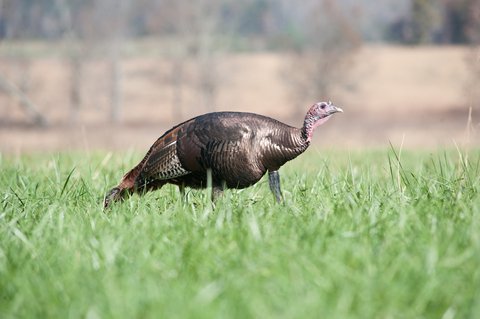Also Read 10 Turkey Hunting Tips
In plain speak, half the work of planning a hunt has just been done for you. When it comes to looking forward to your hunt, it will be natural to feel some apprehension and stress of the unknown. Your guide will get you lined up on what to expect and what is required of you, and you can get a head start by doing some homework. There are numerous tools available to use as learning aides. DVDs, TV shows, magazine articles, websites and internet forums are solid resources. Use them and learn. Pay attention to turkey movements and how most shotgun kills are accomplished by head and neck shots. Watch how they set up on birds. Notice how decoys are used. Learn how to sex birds and how to distinguish a ‘long-beard’ (mature male) from a ‘jake’ (immature male). Listen to the cadence of the turkey calls, and try to understand what calling too much and calling too little means. Learn what a purr, putt, yelp, and a gobble sound like.Also Read Best Decoy Setup for Spring Turkeys
Now is also the time to start gathering your gear. You only need three things to hunt turkeys, a weapon, a call and a way to conceal yourself. The weapon is the most important purchase that you will make. Archery hunting for turkeys, especially with the aid of ground blinds, is getting more and more popular each year; however, most hunters choose to hunt with shotguns and the reasons are obvious. For the most part, accurate shotgun shooting does not require as much skill as shooting a bow does. Shotguns are also more forgiving. Choosing a shotgun is a very personal choice. Although there are price, caliber, actions, and color options to be considered, fit and comfort should be the highest priority for a new shotgun shopper. This is where a good gun shop or a customer-service oriented retailer comes in handy. They will help you figure out the details listed above, but their most valuable guidance will be helping you achieve a good fit with your new gun. A proper fitting shotgun is an absolute must. Over the years that I guided for Wild Turkeys, I found that most hunters had no idea what a ‘length of pull’ or LOP was. It is the distance between the center of the gunstock butt, and the trigger. The average shotgun off the shelf has anLOP of 14.5 inches, but that won’t fit all hunters. If you are a female or a man with shorter than average arms, you will most likely have a shorter LOP. Why is this important? The only way to achieve accuracy with an ill-fitting shotgun is by shooting that gun in a comfortable position.Also Read How To Make Real Turkey Sounds
Shot accuracy in hunting often requires that a hunter shoots from an off-balance position or at an awkward stance or angle. Make it easy on yourself, let a pro help you pick a gun that fits. If you choose to use a gun you already own or an heirloom gun, you still need to make sure that gun fits. If it doesn’t, don’t worry, a gun smith can make it fit. The next piece of must-have gear is full body camouflage. Not only should you plan on covering your upper body and legs with camo, but you will need camo gloves, a head net, and a hat. The choices for concealment clothing are unlimited, so just about any pattern that breaks up your outline and somewhat matches your surroundings is adequate. Turkeys can’t smell you, so don’t be seduced by any scent control clothing claims. Don’t over think this purchase. Consider the fact that some of us ‘old timers’ who hunted in the 1970’s wore plaid shirts to break up our outlines, and we killed plenty of birds doing so. The more you can sit still and eliminate large or sudden movements, the more success you will find in all hunting, especially turkey hunting. Most hunters new to chasing gobblers make the mistake of buying too many turkey calls and mastering none of them. If you thought clothing had too many options, just wait until you shop for a turkey call. There are friction calls, mouth calls, shaker calls, and flapping calls. Waste no time being confused and look for a hand-held slate call. When new hunters ask Binkley what calls he recommends and are easiest to learn, he does not hesitate, “Get a slate call. They make soft and loud sounds, they are easy to learn and even a cheap one should last forever.” I not only concur with that advice, but I have used a slate call to bring in over 150 turkeys for my clients during my run as a guide. You just can’t beat them for reliability and ease of operation. After you select a shotgun, pick your camo, and practice making sweet turkey talk on your call, enjoy the ride. One day you will call to an excited gobbler and he will sprint toward you on a kamikaze mission, that’s when you will get to experience the true meaning of fast food delivery. Good luck. To learn about hunting opportunities with Mike Binkley, visit bboutfitting.comFor Related Stories on Turkey Hunting
-
Quiz: Can You Pick Out These Wild Turkeys?
-
Preparing for Spring Turkey Season
-
How to Clean a Turkey
-
8 Great Scouting Tips for Wild Turkey
Turkeys
-
Turkey Files
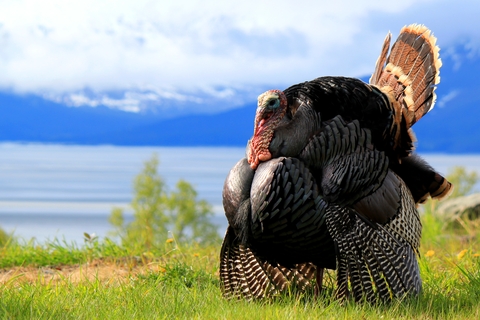
Photo credit: Dreamstime
-
Turkey Files
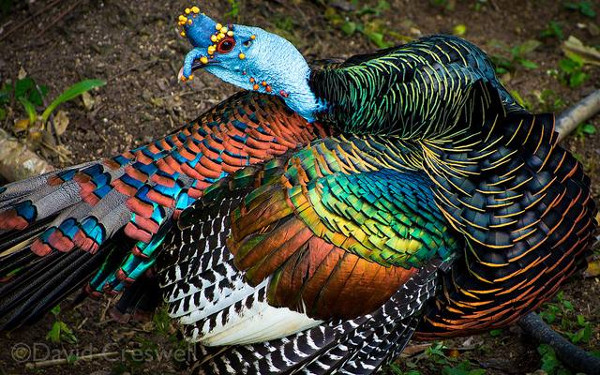
Photo credit: Wikimedia
-
Turkey Files

Photo credit: Dreamstime
-
Turkey Files
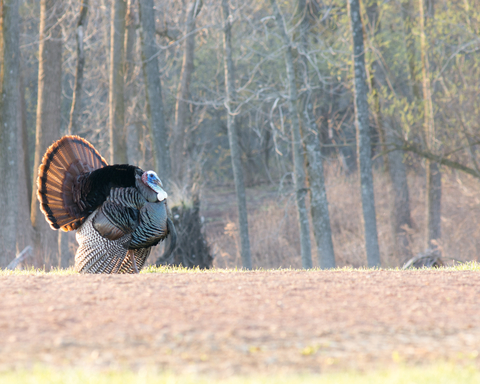
Photo credit: Dreamstime
-
Turkey Files
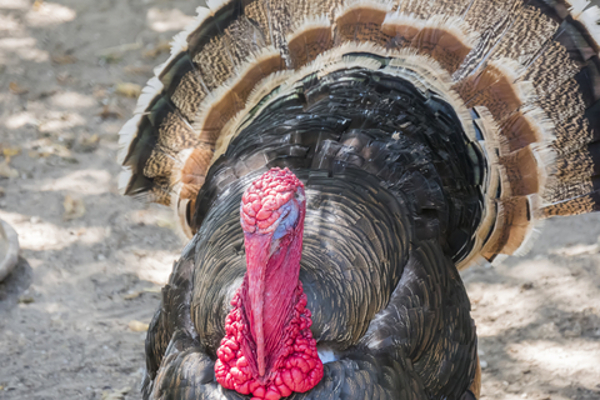
Photo credit: Dreamstime
-
Turkey Files
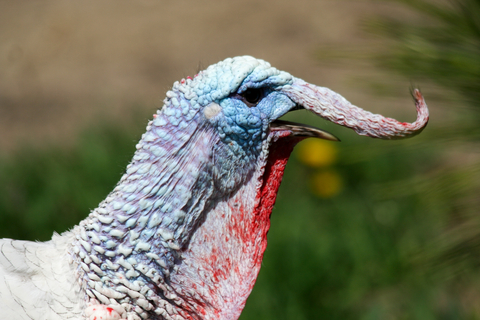
Photo credit: Dreamstime
-
Turkey Files
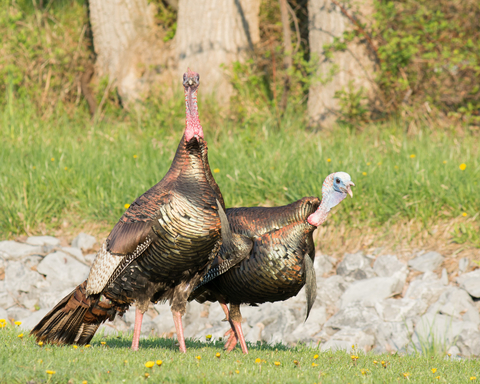
Photo credit: Dreamstime
-
Turkey Files
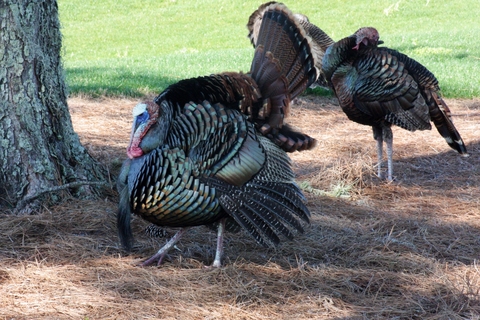
Photo credit: Dreamstime
-
Turkey Files
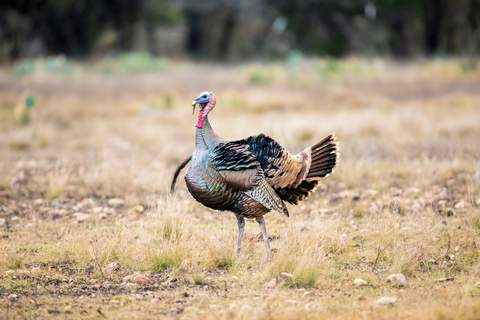
Photo credit: Dreamstime
-
Turkey Files
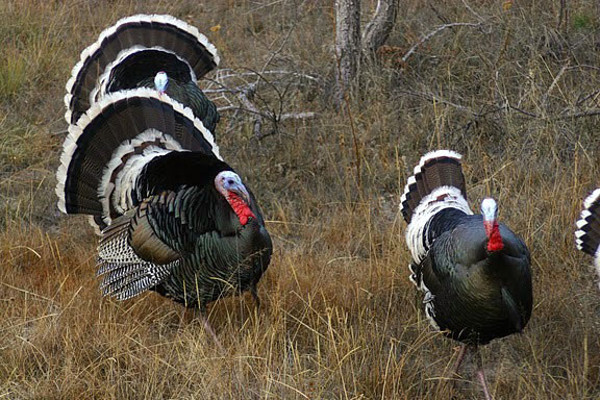
Photo credit: GS Safari
-
Turkey Files
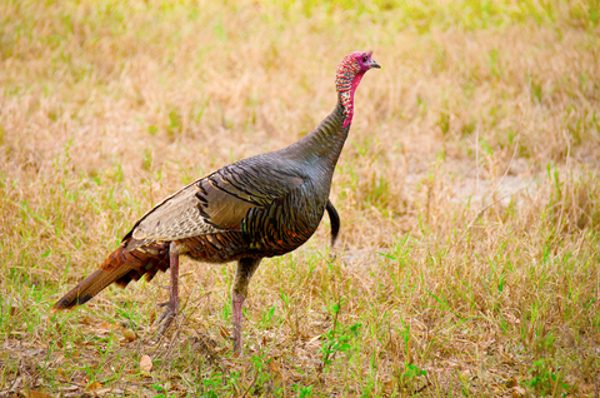
Photo credit: Dreamstime
-
Turkey Files
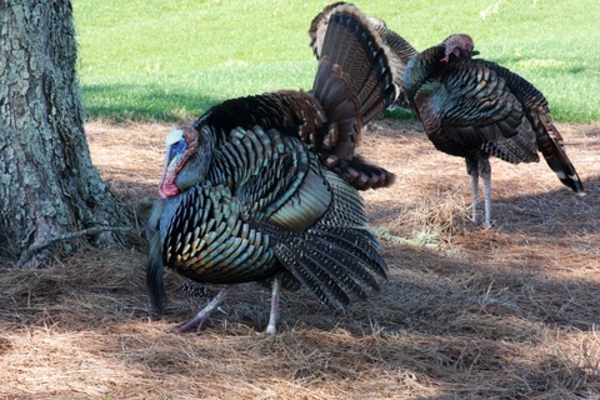
Photo credit: Dreamstime
-
Turkey Files
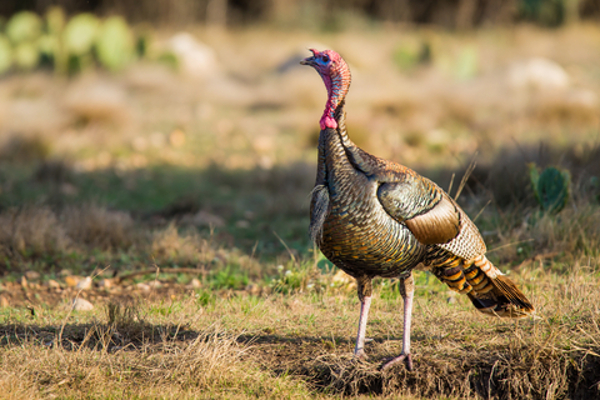
Photo credit: Dreamstime
-
Turkey Files

Photo credit: Flickr CC
-
Turkey Files
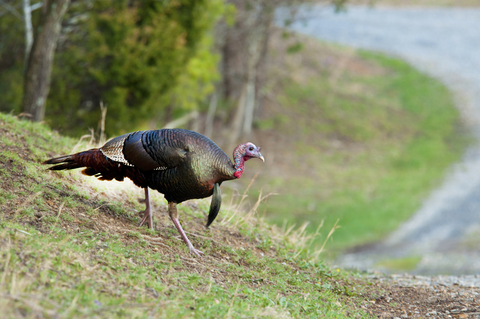
Photo credit: Dreamstime
-
Turkey Files

Photo credit: Dreamstime
-
Turkey Files
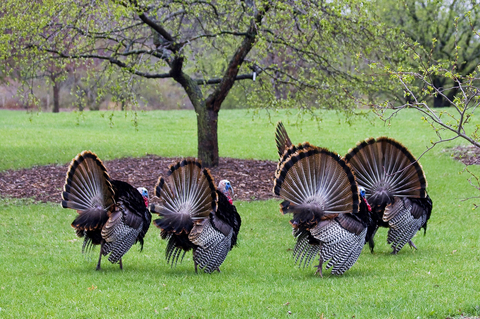
Photo credit: Dreamstime
-
Turkey Files
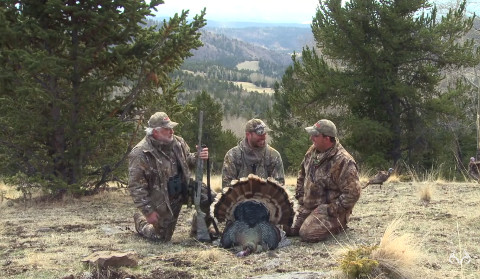
Photo credit: Youtube
-
Turkey Files
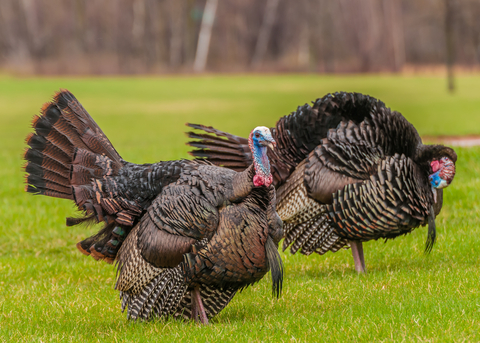
Photo credit: Dreamstime
-
Turkey Files

Photo credit: Dreamstime
